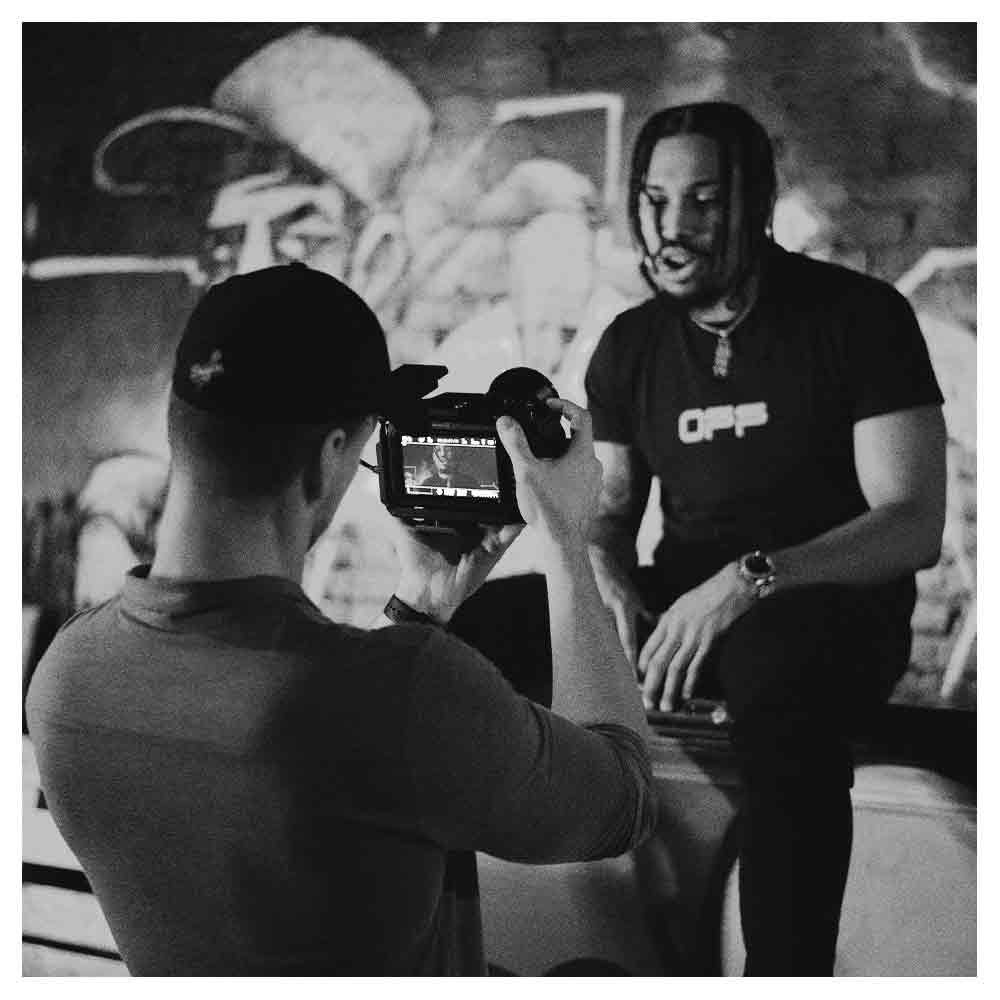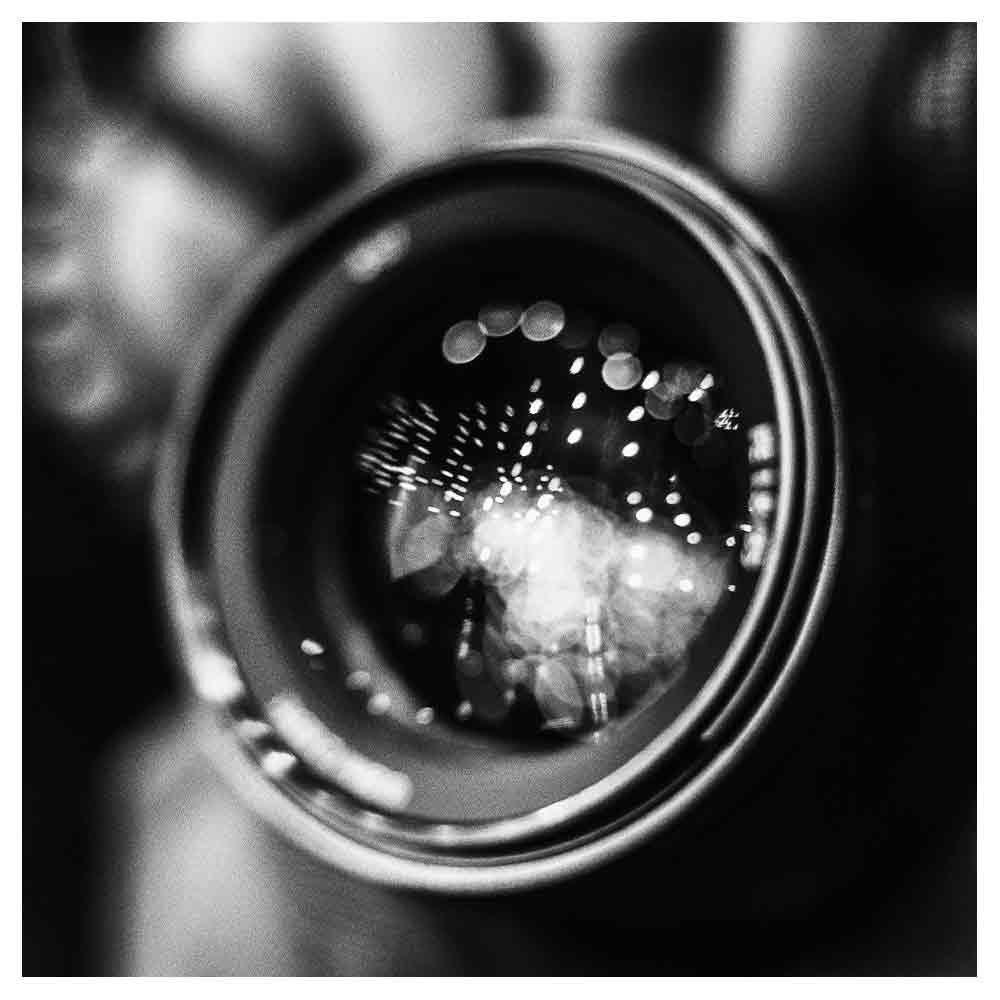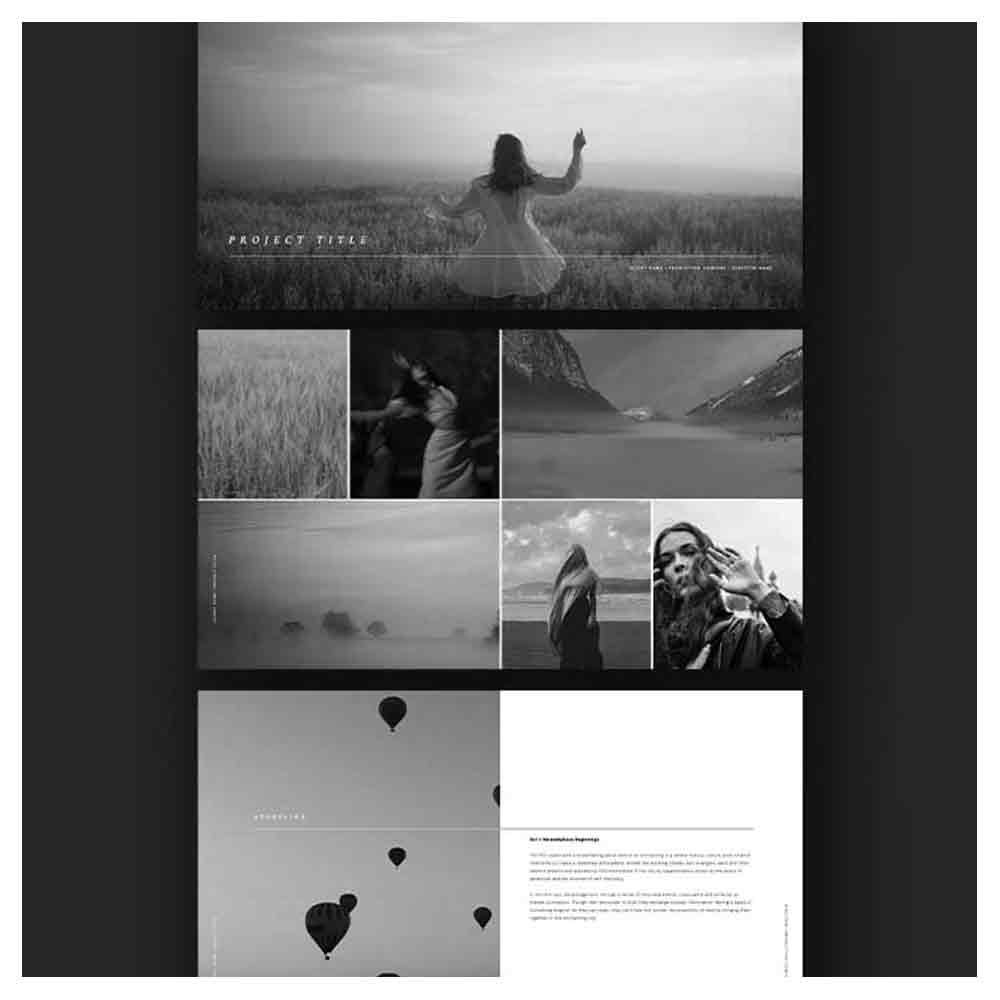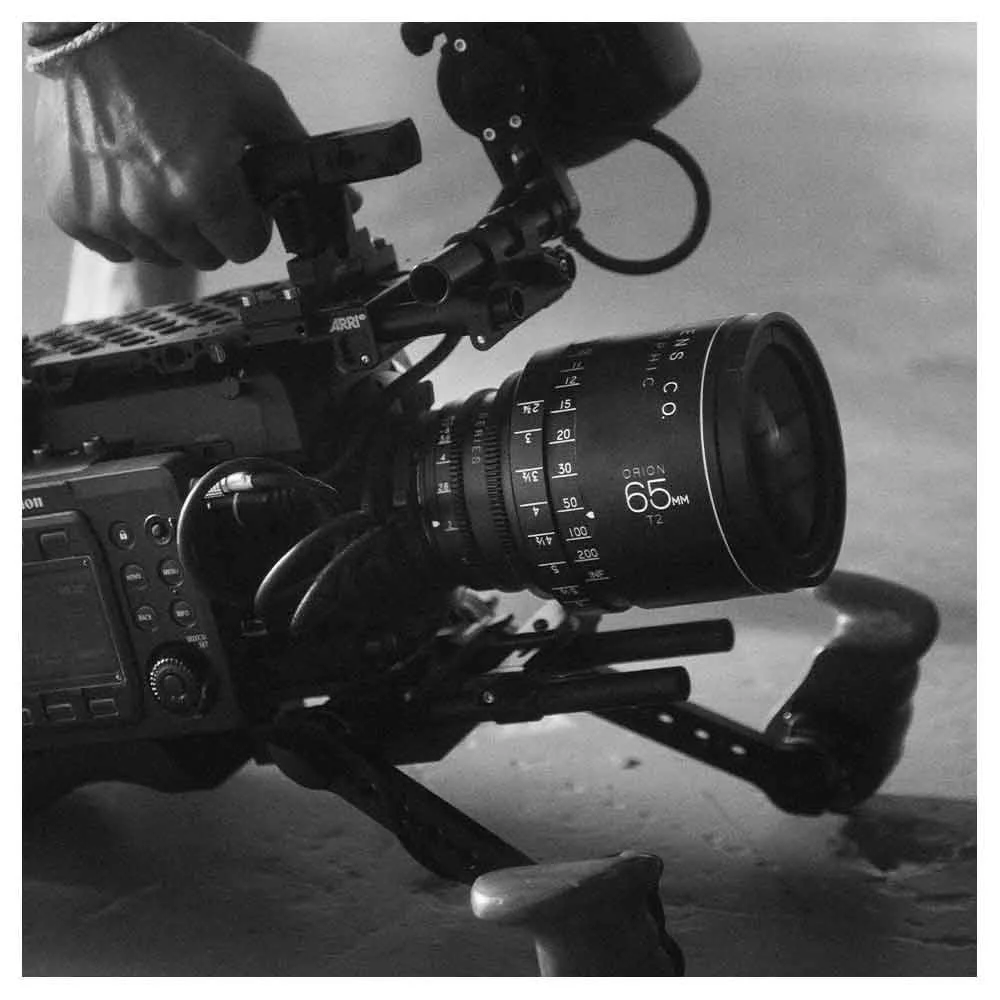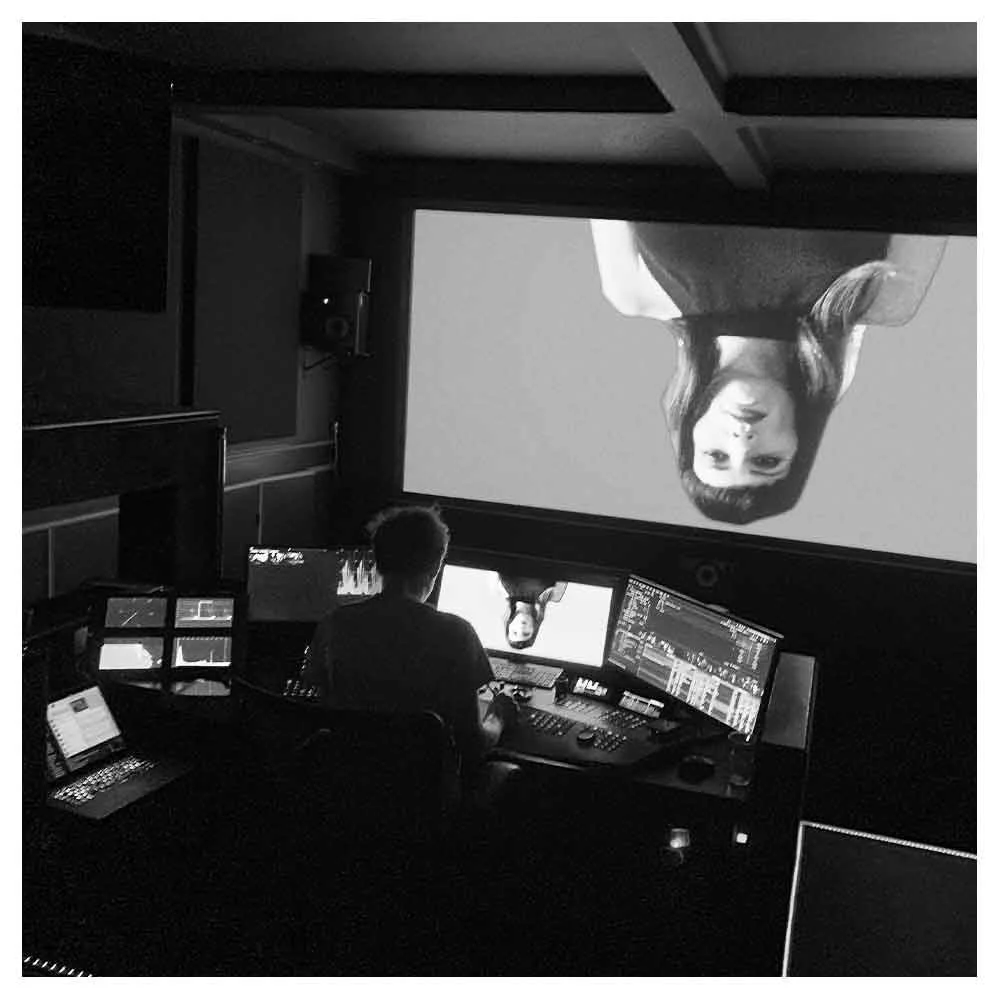Making A Music Video: A Unique Behind-The-Scenes Look Of A Hardwell And Snoop Dog Music Video
“How to make a music video?” This is a question I asked myself many times at the start of my music video director career but couldn’t find the answers to.
To prevent others from waking through the fog of not knowing how to make a music video, I thought it would be interesting to share my knowledge and experience regarding making music videos by breaking down an entire music video production I directed for Hardwell and Snoop Dogg.
I will walk you through each process step from start to finish and how this project was eventually nominated for a ‘Best Music Video Award’ at the Nederlands Film Festival—the biggest and most prominent film festival in The Netherlands.
Table of contents:
The Music Video Client Brief
Let’s rewind the clock a few years. On a Tuesday in November 2018, I received an email asking if I would be interested in joining a project pitch for a music video for a Hardwell, Snoop Dogg, and Conor Maynard track.
I immediately loved the song, the challenge that came with it, and above all, who can say no to Snoop Dogg….
Without hesitation, I accepted the opportunity, and although it’s been a few years since completing this project, I can remember the production like it was yesterday.
The music video client brief
When the music label managers of Revealed Recordings and Spinnin' Records emailed me to discover if I would be interested in directing this project, they mentioned there were only three requirements that I needed to consider if I wanted to pitch for this project:
The music video treatment had to be delivered as fast as possible.
The deadline for this project was in two weeks.
Smart cars wanted to sponsor a music video with international potential, and this track was one of their options. In other words, if the people at Smart picked this song, they would add an extra €40K-60K on top of the already available €15K music video budget.
As you can imagine, especially for music video budgets in the Netherlands which usually range between €5K-25K, this was an exciting opportunity to have a potential €75.000 music video budget!
In terms of product placement, I had to consider the following guidelines:
Product: Smart car / electronic drive
Placement surrounding: City or town / Urban surrounding
Integration: The car should be shown from a minimum of two perspectives.
Length of placement: Minimum 6 seconds within the scene (plus 2 seconds close up)
Don'ts: Driving without a license, drinking and driving, drugs, driving without a seatbelt.
Besides these guidelines and requirements, I had a carte blanche regarding the project’s content.
My music video treatment for this music video.
My director’s vision for this music video
Before I started working on my music video treatment for this music video, I knew that the emphasis of my approach had to be on giving the Smart car a prominent role in this project.
I hoped that if I could make the car an essential part of the story, it might help persuade the people working at Smart to pick this song based on a combination of music and video concepts instead of just the track.
The music video concept.
After listening to the track one hundred times and doing lots of visual research on the possibilities of working with a car this size, I came up with the following music video idea:
“On the road called ‘life,’ we are always on the move. Many memories are made while traveling down this road with the people we love, which I consider to be the perfect foundation for the concept of this music video. The idea is to capture a love story that unfolds from one single vantage point—the front hood of a Smart car.”
The music video project setting.
Because Smart required the car to be shown from a minimum of two perspectives, I thought it would be a cool idea to start the film on a crane shot, inspired by the first shot in this La La Land behind-the-scenes video, before the camera locked itself on the front hood of the car.
And for the urban city surrounding the car, I thought the city of Rotterdam would be an excellent backdrop for this story.
incorporating Subtle Metaphors in the music video.
In my concept, I wanted to use very subtle metaphors throughout the music video to reflect the status of the relationship.
I liked the outside and interior of the car to be clean at the beginning of the relationship. But as the relationship starts to lose its spark, the interior and exterior of the vehicle become dirtier.
When I understood how I wanted to bring this concept to life, I neatly packed my vision in a music video treatment and sent it to the label managers by Friday at 9 AM that same week.
Let’s start the music video production engine.
The following week I received a GO for the job, but unfortunately, the label managers told me Smart had chosen a different song for their product placement sponsorship deal.
Nonetheless, I loved the concept I had written for this music video, so I gave the producers at New Amsterdam Film Company a call and asked them to join me in my quest to bring this project to life.
The producers also liked my music video ideas, so we all jumped on a call to discuss the challenges and timeframes and fired up the film production engine.
A few of the FrameForge stills I used to find the perfect car for this project.
The music video pre-production
Our first challenge was finding the right alternative car for this project. To help me with this, I used an Emmy Award-Winning storyboard software called 'FrameForge.'
From an online platform called 3D warehouse, I downloaded several 3D car models (see pictures above from a Mini Cooper, Fiat 500, and Peugeot 205), added them to FrameForge, and tried the various camera and lens options to discover what could work for this project and what not.
Eventually, I chose a Peugeot 205 because the interior design and the number of big windows allowed me to show more room for action inside and outside the car than in other car models.
finding A suitable camera construction.
The second challenge was finding a suitable construction to attach the camera to the car's front hood.
Because the entire music video would be filmed from the car's hood, including scenes while driving, we had to find something that could stabilize the camera as much as possible. Otherwise, watching the music video would become a seasick experience.
The producers, who regularly worked on car commercials, told me the best option would be to hire a (very costly = €4K for one day) Low Loader.
This is a van-trailer combination operated by a precision driver optimized for transporting vehicles at low heights above the road. Transporting a car with this setup makes it look like it is driving at the same height as the other traffic surrounding it.
The biggest advantage of working with a Low Loader is that the actors won’t have to drive the car, so they can solely focus on their performance.
The Low Loader construction also has air suspension for optimal stabilization, and you can rig lighting around the vehicle to create the perfect light conditions!
No turning back.
Another challenge we faced was the limitation of one camera angle. Usually, you can change camera angles and settings throughout the shoot to find the best perspective on the action. But in this concept, there wasn't any room for that.
We knew there would be no turning back once we took that first shot. We tested things extensively before the shoot to ensure we hit the right angle precisely.
How we brought the music video to life
After breaking down the story and deciding how many locations we needed for filming, I started my location scout using Google maps and Google street view.
Because I knew I wanted to film this project in Rotterdam, I tried finding locations as close to each other as possible to limit travel time.
Five chapters, four seasons
To make a project like this logistically possible, it’s always nice to break it down into manageable chunks. This helps to create a logistical framework and get a better understanding of the scope of the production.
For this music video project, we divided the story into five chapters and four seasons (spring, summer, fall, and winter):
In love - (spring)
Together - (summer)
Growing apart - (fall)
Alone - (winter)
Making it right - (winter, Christmas)
Every chapter would have its characteristics regarding lighting, art direction, and styling.
For example, the scenes happening in the spring and summer would have more colorful clothing, and the car would be less dirty compared to the fall and winter scenes.
For our workflow, the art director proposed to work backward. So we would start each location by making the car as dirty as possible and cleaning it layer by layer for each new season.
finding The perfect cast for the music video
For the cast, I wanted to work with a real couple so their relationship would be as genuine as possible.
I gave two models I had previously collaborated with on an Absolut Vodka commercial a call and asked them if they would be interested in collaborating on a Hardwell and Snoop Dogg video.
Luckily, they were super enthusiastic about the opportunity and immediately said yes!
Parked & Driving
Next to the four seasons, we divided the story’s scenes into two sections: parked and driving, and concluded we needed a two-day shoot to film all the scenes.
We would start with the Low Loader on the first day, and on the second day, we would film the Peugeot standing still.
We wanted to start with the moving day because if we couldn’t make it work while driving, we would be able to find an alternative the next day with a parked car.
For the moving day, we planned a route using Google maps with regular stops at gas stations to change the lighting, art direction, and styling.
Blocked streets and city permission
The producers had contacted Rotterdam’s city counsels, who blocked roads for the film shoot and gave us legal permission to move around - in a military formation - through Den Haag & Rotterdam with the whole filmmaking entourage.
The formation in which we drove around was like this:
Production van who knew the route
Low Loader
Production van that we could use as a backlight
Light van
Grip van
Extra car with art, styling, and PAs
Inside the Low Loader car, the cinematographer, 1st AD, focus puller, and I sat in front of a big reference monitor.
Via a walkie-talkie, I gave directions to the couple inside the car on the trailer. It was one big circus cruising around the city!
The music video Post-production process
After wrapping the shoot, I spent two consecutive days in the edit suite in Amsterdam with the editor.
The following day, the cinematographer and I went to the color grading studio, where the colorist gave the images a finishing touch.
Finally, two weeks after the project brief, the music video was signed, sealed, and delivered to the music labels, and shortly after saw the light of day!
Talking about the Snoop Dogg music video experience at the Nederlands Film Festival.
Final thoughts on directing the music video
After the project was released, it received a lot of love online, which was a heartwarming experience for the people who collaborated with me to bring this love story to life.
In 2019, the executive producers at New Amsterdam submitted the music video to the Nederlands Film Festival, where it was selected to play before every screening of the movie 'Bumberkleef.'
On top of that, it was also one of the candidates running for the 'Best Music Video Award' at the film festival!
The music video genre problem
This exposure was an extraordinary experience because working on music videos is never financially rewarding. For some part, I believe we, the filmmakers with our ambitious goals and dreams, are part of this problem.
Because music videos usually give you a creative carte blanche regarding the project’s content, it's very tempting to pitch an idea or concept you have always dreamed about creating.
But these ambitions don’t always match the financial resources available.
And as a result of that, when artists and music labels keep receiving unrealistic pitches from overly ambitious filmmakers, their expectations versus production budgets rise with those unrealistic standards.
music video directors are paid in A different currency
I always approach working on a music video as something whereby the currency you're paid comes in a different form—creative fulfillment instead of money.
I see working on music videos as an opportunity to expand my portfolio by experimenting with new tools, trying different storytelling techniques, or building new relationships with clients or collaborators.
In the end, I’ve discovered that, no matter how high you climb on the ladder of music video budgets, there will never be enough money for whatever it is you or your client want to do without reducing your rate or working for a smaller fee.
That's the reality of the genre, and I guess that won't change any time soon.
Frequently Asked Questions About Making A Music Video (FAQs)
What do I need to start making my own music video?
To get started, you'll need:
A song: Choose the right music track that suits your vision.
A concept or storyboard: Develop a compelling video concept to guide your shooting.
Equipment: You will need a video camera or a good-quality smartphone, microphones, and lighting gear, at minimum.
Video editing software: Adobe Premiere or Final Cut Pro are popular choices.
Crew: Depending on your budget, this could include a director, camera operators, a soundman, and other essential crew members.
Location: Scout locations that match the theme and tone of your music video.
How do I create a concept for a music video?
Creating a video concept involves:
Listening to the song: Understand its mood, lyrics, and rhythm.
Brainstorming ideas: Think about the story you want to tell or the visuals that match the beat.
Storyboarding: Sketch out scenes to plan your shots and transitions. This helps in visualizing the final product and makes shooting more efficient.
What's involved in the production process of a music video?
The production process usually follows these steps:
Pre-production: Planning out the shoot, finalizing the storyboard, and preparing all the equipment and costumes.
Shooting: Capturing all the footage. Ensure good lighting and shoot multiple takes from multiple angles to have options during editing.
Post-production: This includes video editing, adding visual effects and color correction to enhance the look, syncing the footage with the music track, and adding any special effects or graphic design elements needed.
What are some tips for shooting a music video on a limited budget?
Here are some tips to make a music video with limited resources:
Use natural light: It's free and can look stunning if used correctly.
Borrow equipment: Instead of buying, see if you can borrow cameras and lighting gear from friends or local colleges.
Keep the crew small: Sometimes a smaller team can be more flexible and creative.
DIY props and costumes: Get creative with items you already have.
Edit on free software: If you can't afford professional software, start with free versions like DaVinci Resolve.
How do I edit my music video effectively?
Effective video editing involves:
Choosing the right software: Adobe Premiere and Final Cut Pro offer extensive features but require some learning. For simpler projects, software like iMovie or Sony Vegas might be enough.
Cutting to the beat: Sync your edits with the music to maintain energy and flow.
Using layers: Incorporate multiple video clips, images, and effects layers to create depth.
Focus on continuity: Ensure that your scenes flow smoothly to avoid confusing the viewers.
Adding the final touches: Include transitions, text overlays, and color grading to polish your video.
What should I do after my music video is finished?
Once your music video is complete:
Review and feedback: Show your video to trusted friends or mentors to get feedback.
Make adjustments: Based on feedback, make necessary edits to enhance the video.
Publish and promote: Upload the finished video to platforms like YouTube or Vimeo. Use social media and other online platforms to promote your video and reach a broader audience.
How do I choose the right video camera for shooting a music video?
Selecting the right video camera depends on your budget, the style of video, and your technical comfort level:
Budget: Decide how much you can afford to spend. Higher-end cameras produce better quality but can be expensive.
Video style: Determine if you need a camera that excels in low light, one that's good for dynamic shots, or offers high-resolution output.
Ease of use: If you're a beginner, consider user-friendly cameras with automatic settings.
What are some creative ways to use lighting in a music video?
Creative lighting can dramatically enhance your music video:
Colored lights: Use different colored gels to create a mood or match the theme of the music.
Backlighting: Silhouetting artists against a bright background can create a powerful visual.
Natural light: Utilize the golden hours just after sunrise or before sunset for a soft, natural look.
How can I incorporate special effects on a limited budget?
Special effects need not be expensive:
Practical effects: Use techniques like reversed footage, slow motion, or practical smoke to create interesting visuals.
Software plugins: Look for free or affordable plugins for your editing software that can add effects like light leaks, film grain, or glitch effects.
Stock footage: Integrate royalty-free stock videos to add effects like explosions, weather changes, or abstract backgrounds.
What are the key considerations for casting in a music video?
Casting is crucial and should align with your video’s tone and narrative:
Look for emotion: Choose actors or dancers who can convey the song's emotion through their expressions and movements.
Diversity: Consider a diverse cast to broaden the appeal and inclusivity of your video.
Chemistry: Ensure your cast members have good chemistry, especially if they need to interact closely on screen.
How do I ensure the music video reflects the artist's brand?
To ensure brand alignment:
Understand the artist: Discuss with the artist their brand, message, and the image they want to portray.
Visual consistency: Design visuals that complement the artist's existing content and aesthetic style.
Lyrics and themes: Tie the visuals closely to the lyrics and themes of the song to reinforce the artist's message.
What Are Some innovative narrative techniques for a music video?
Innovative narratives can set your video apart:
Non-linear storytelling: Play with the sequence of events, showing the climax first and then explaining how things got there.
Visual metaphors: Use symbols and metaphors to add depth to the story, allowing viewers to interpret the video in multiple ways.
Interactive elements: Consider making an interactive video where viewers can choose different paths or endings, especially effective on online platforms.
What are some tips for promoting a music video on social media?
To effectively promote on social media:
Teasers and sneak peeks: Build anticipation with behind-the-scenes content and teasers.
Engage with fans: Encourage interaction by asking viewers to comment their thoughts and share the video.
Cross-promotion: Collaborate with other artists or influencers to reach a wider audience.
How can I use feedback to improve my music video before its final release?
Use feedback constructively:
Screen to a test audience: Show your video to a small, diverse group and gather their opinions.
Be open to criticism: Listen to criticisms without taking them personally and decide if and how they can help improve your video.
Iterate based on feedback: Make changes based on the feedback that aligns with your vision and enhances the video's impact.
Any final tips for first-time music video creators?
Absolutely! Here are a few:
Stay true to your vision: Make sure your video reflects the message and style you want to communicate.
Be patient and flexible: Filmmaking is unpredictable. Be ready to adapt and solve problems on the go.
Have fun: Enjoy the process of creating something unique. Your enthusiasm will show in the final video and resonate with your audience.



































